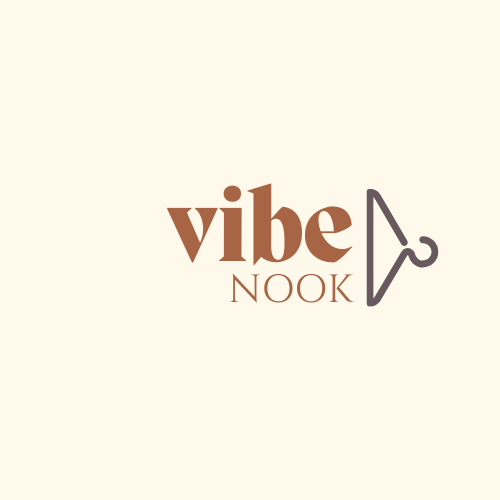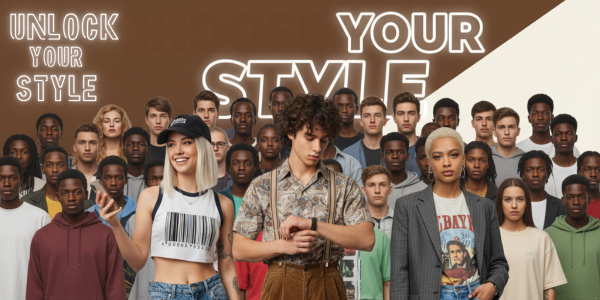The cultural landscape is currently steeped in a curious blend of yesterday and tomorrow. At the epicenter of this cross-generational dialogue sits an aesthetic that is simultaneously futuristic and nostalgic: Y2K. More than just low-rise jeans and baby tees, the return of this early 2000s style reflects a deep-seated desire among Gen Z to find comfort in the past while sprinting toward a tech-infused future. The crossover between Y2K fashion, its retro-tech sensibilities, and modern digital culture is proving that the intersection of technology, culture, and style is far more cyclical and interconnected than we ever imagined.
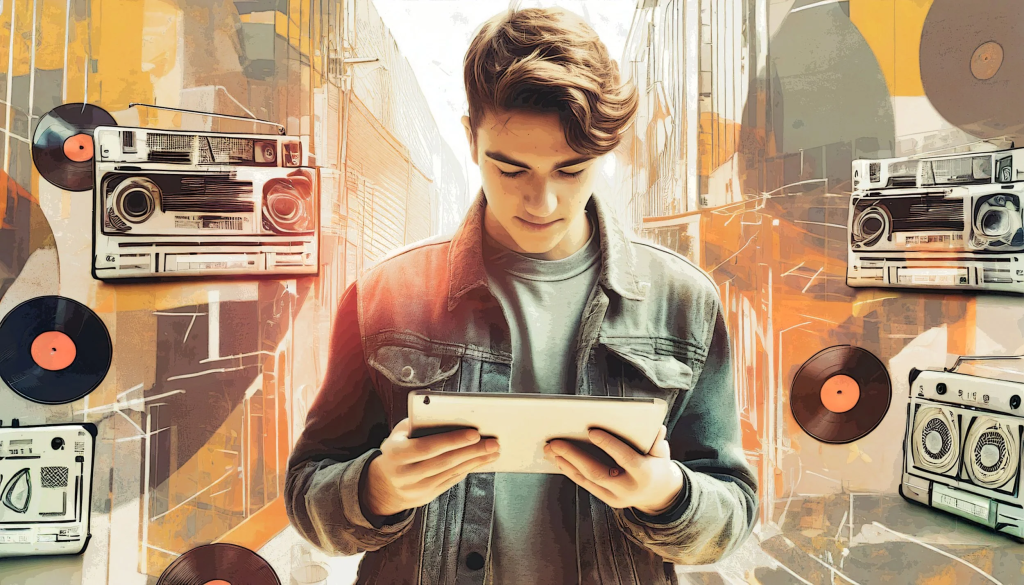
The Y2K Aesthetic: Optimism and Anxiety
The original Y2K era, spanning the late 90s into the early 2000s, was a period of both dizzying optimism and millennial anxiety. The world braced for the ‘Y2K bug,’ a potential digital apocalypse, while simultaneously being captivated by space-age fashion, burgeoning pop culture, and the shiny promise of the World Wide Web. This dichotomy birthed a distinct aesthetic: clothes were bold, bright, and overtly synthetic. Think metallic fabrics, holographic skirts, iridescent vinyl, and a palette dominated by bubblegum pinks and electric blues.
The style icons of the time—Britney Spears, Paris Hilton, and Destiny’s Child—cemented a look defined by a blend of revealing silhouettes (ultra low-rise everything, tiny crop tops), playful accessories (butterfly clips, chunky belts, glitter), and logo-centric designs that proudly flaunted brand status. Critically, technology was not just an influence; it was an accessory. Over-sized sunglasses, clunky mobile phones, and a general obsession with “futuristic” sleekness were integral to the look.

The Gen Z Remix: Nostalgia with a Twist
Today, the Y2K revival is less a direct copy-paste and more a carefully curated remix, driven by Gen Z. This generation, who were either toddlers or not yet born when the original trends peaked, approaches Y2K with a fresh, re-contextualized lens. For them, it’s not memory, but a form of aspirational, vibrant escapism—a colorful, carefree antidote to today’s uncertain, often overwhelming, world.
Platforms like TikTok and Instagram have acted as the primary engine for this revival. Creators and fashion influencers constantly style vintage and repurposed Y2K pieces, making the aesthetic instantly accessible and desirable. But the modern twist is crucial: Gen Z often pairs the nostalgia with contemporary values. Where the early 2000s were less body-positive, the modern Y2K embraces more inclusive sizing and diverse body types. Moreover, in a reaction to the environmental cost of modern fast fashion, many Gen Z consumers are championing thrifting and vintage shopping, giving literal life to authentic 2000s garments, from vintage Coach bags to original velour tracksuits. The quest for “the real deal” adds a layer of sustainable circularity to the trend.

Retro Tech: The Digital Heart of the Crossover
The true crossover element, however, lies in how the aesthetic connects with a retro-tech mindset. Gen Z’s obsession with analogue accessories—flip phones, wired headphones, clunky digital cameras—mirrors the original era’s love for early-millennium gadgets. These items, once cutting-edge, are now embraced for their charming jank and functional simplicity, offering a tangible respite from the seamless, all-encompassing nature of the modern smartphone.
The Y2K style itself is a visual operating system (OS) for this retro-digital nostalgia. The fashion incorporates elements that reference the early internet—think bubble-interface logic, MS Paint-style graphics, and heavily compressed, pixellated textures printed onto fabric. A mini-skirt paired with a baby tee and an iPod Nano is a complete, intentional aesthetic statement—a marriage of low-fi tech and high-impact style.
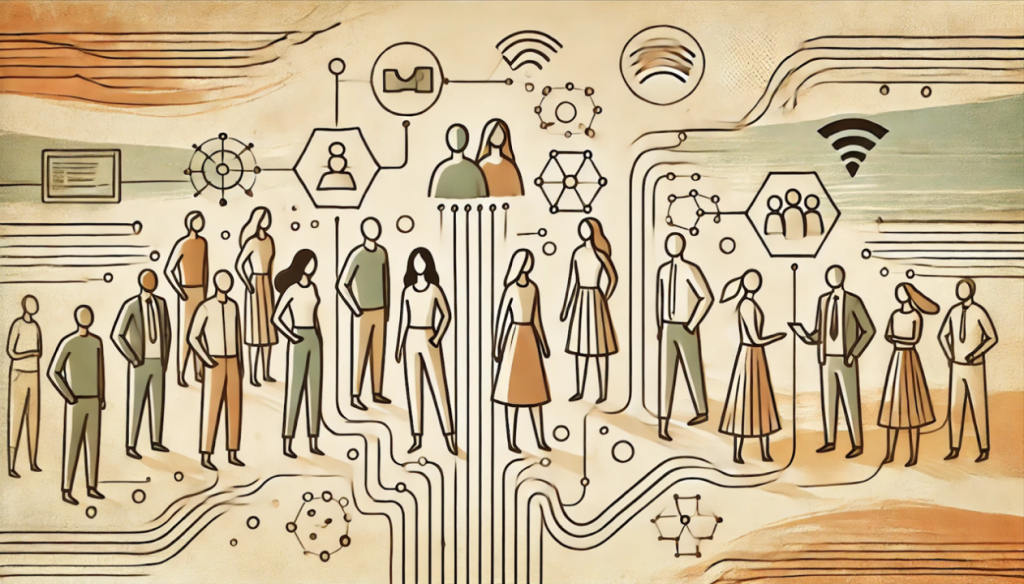
The Future is Blurry: Fashion Meets Smart Textiles
Beyond this retro-futuristic styling, the fashion and technology intersection continues to blur in more profound ways. The spirit of Y2K’s tech-optimism is finding its modern expression in smart fashion and e-textiles. The concept of clothes that monitor biometrics (heart rate, temperature), or garments that can generate electricity, are the logical evolution of the Y2K-era desire for “futuristic” apparel.
Designers are leveraging 3D printing for custom-fit clothing, creating zero-waste couture that fulfills the early aughts’ desire for experimental silhouettes. Augmented Reality (AR) is revolutionizing the shopping experience, allowing virtual try-ons that reduce returns and promote sustainability. Even spray-on fabrics, as famously demonstrated by Coperni, echo the original Y2K fantasy of a technology so advanced it could instantly materialize clothes.
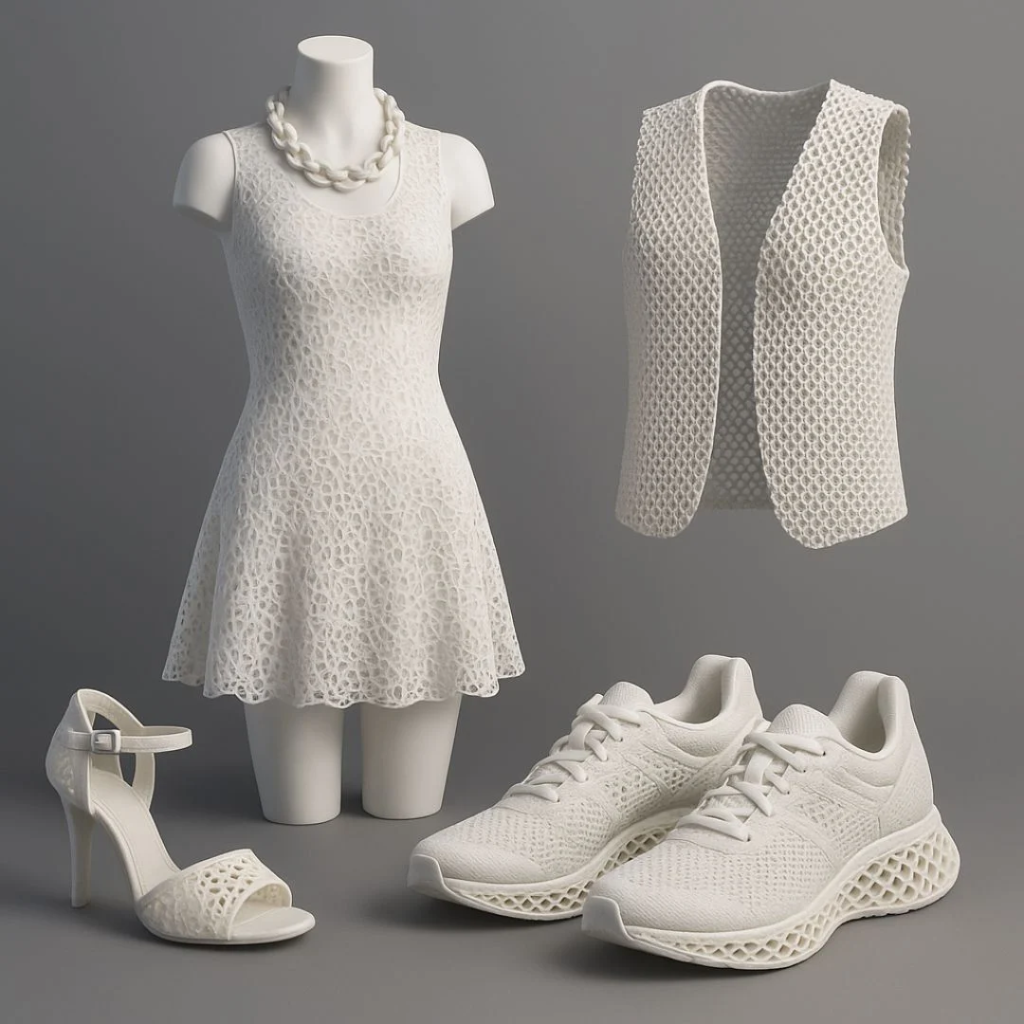
Ultimately, the Y2K comeback is more than a fleeting trend; it’s a cultural phenomenon. It is driven by nostalgia for a time when the future still felt bright, amplified by the digital tools of today, and consciously remixed by a generation seeking bold self-expression. The enduring logic of the low-rise is that it serves as a bridge: connecting the optimism of the last millennium’s dawn with the constant digital revolution of the present, creating a new, vibrant aesthetic that proves culture, fashion, and technology are in a state of beautiful, endless recurrence.
